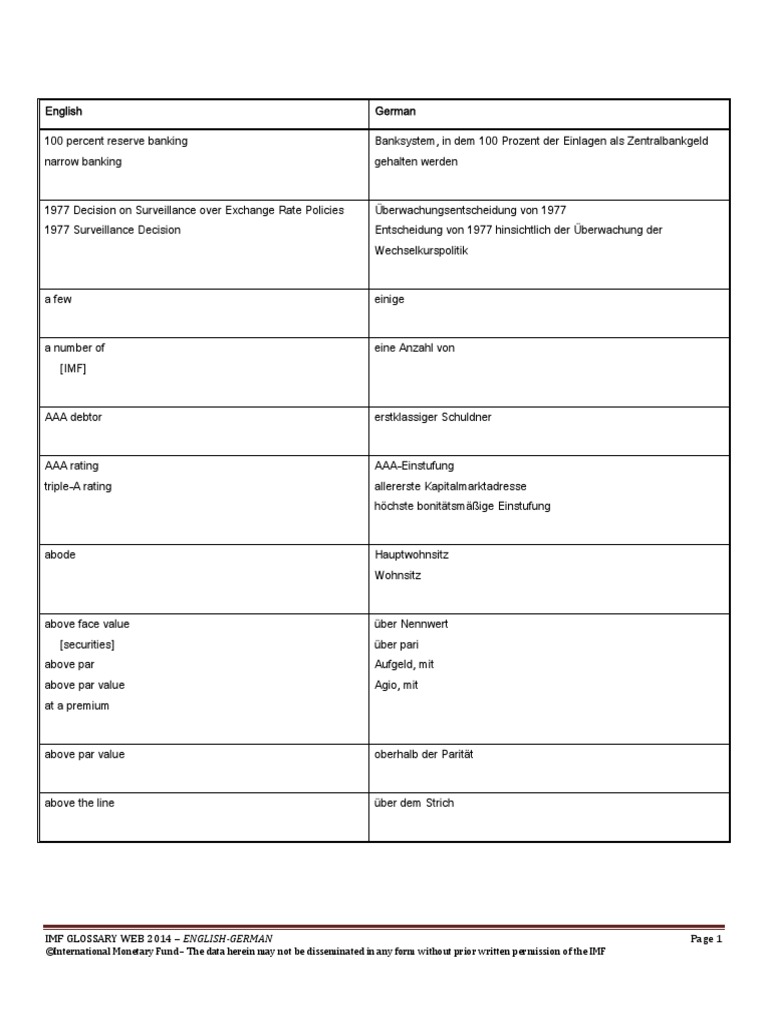Dsa 4 1 Regelwerk Pdf Merge

DS491(DSA for NPPs). Technical Editorial review, 24 November 2017. Last changes incorporated (after the version of 1 November, 2017). Corrected 3.33. DSA 152 INSPECTION CARD MANUAL A GUIDE FOR COMPLETING THE PROJECT INSPECTION CARD DSA 152 ISSUED 5/1/2013 REVISED 6/1/2013 REVISED 10/8/2013 Authors: Ryan Huxley, Senior Structural Engineer Tom Burke, Fire & Life Safety Officer James Schaible, Senior Architect.
Download Jo Bheji Thi Duaa Free Song Mp3 I just retail information from other sources and writing them for downloadsongmp3.com with hyperlink to Jo Bheji Thi Duaa. Each of the rights over the files would be property of their respective owners. You can get file Jo Bheji Thi Duaa from T-Series StageWorks Academy in HD quality and convert to medium MP3 format. Tap the downloads or play button and then you will be presented some files coming from various server. If there is a damaged backlink for you, I'm sorry because we're not control of it. Jo bheji thi dua mp3 download song.
Merge sort is a sorting technique based on divide and conquer technique. With worst-case time complexity being Ο(n log n), it is one of the most respected algorithms. Merge sort first divides the array into equal halves and then combines them in a sorted manner. How Merge Sort Works? To understand merge sort, we take an unsorted array as the following − We know that merge sort first divides the whole array iteratively into equal halves unless the atomic values are achieved. We see here that an array of 8 items is divided into two arrays of size 4.

This does not change the sequence of appearance of items in the original. Now we divide these two arrays into halves. We further divide these arrays and we achieve atomic value which can no more be divided.
Now, we combine them in exactly the same manner as they were broken down. Please note the color codes given to these lists. We first compare the element for each list and then combine them into another list in a sorted manner. We see that 14 and 33 are in sorted positions. We compare 27 and 10 and in the target list of 2 values we put 10 first, followed by 27. We change the order of 19 and 35 whereas 42 and 44 are placed sequentially.
In the next iteration of the combining phase, we compare lists of two data values, and merge them into a list of found data values placing all in a sorted order. After the final merging, the list should look like this − Now we should learn some programming aspects of merge sorting.
Algorithm Merge sort keeps on dividing the list into equal halves until it can no more be divided. By definition, if it is only one element in the list, it is sorted. Then, merge sort combines the smaller sorted lists keeping the new list sorted too. Step 1 − if it is only one element in the list it is already sorted, return. Step 2 − divide the list recursively into two halves until it can no more be divided.
Step 3 − merge the smaller lists into new list in sorted order. Pseudocode We shall now see the pseudocodes for merge sort functions. As our algorithms point out two main functions − divide & merge. Merge sort works with recursion and we shall see our implementation in the same way. Procedure mergesort( var a as array ) if ( n == 1 ) return a var l1 as array = a[0]. A[n/2] var l2 as array = a[n/2+1]. A[n] l1 = mergesort( l1 ) l2 = mergesort( l2 ) return merge( l1, l2 ) end procedure procedure merge( var a as array, var b as array ) var c as array while ( a and b have elements ) if ( a[0] > b[0] ) add b[0] to the end of c remove b[0] from b else add a[0] to the end of c remove a[0] from a end if end while while ( a has elements ) add a[0] to the end of c remove a[0] from a end while while ( b has elements ) add b[0] to the end of c remove b[0] from b end while return c end procedure To know about merge sort implementation in C programming language, please.